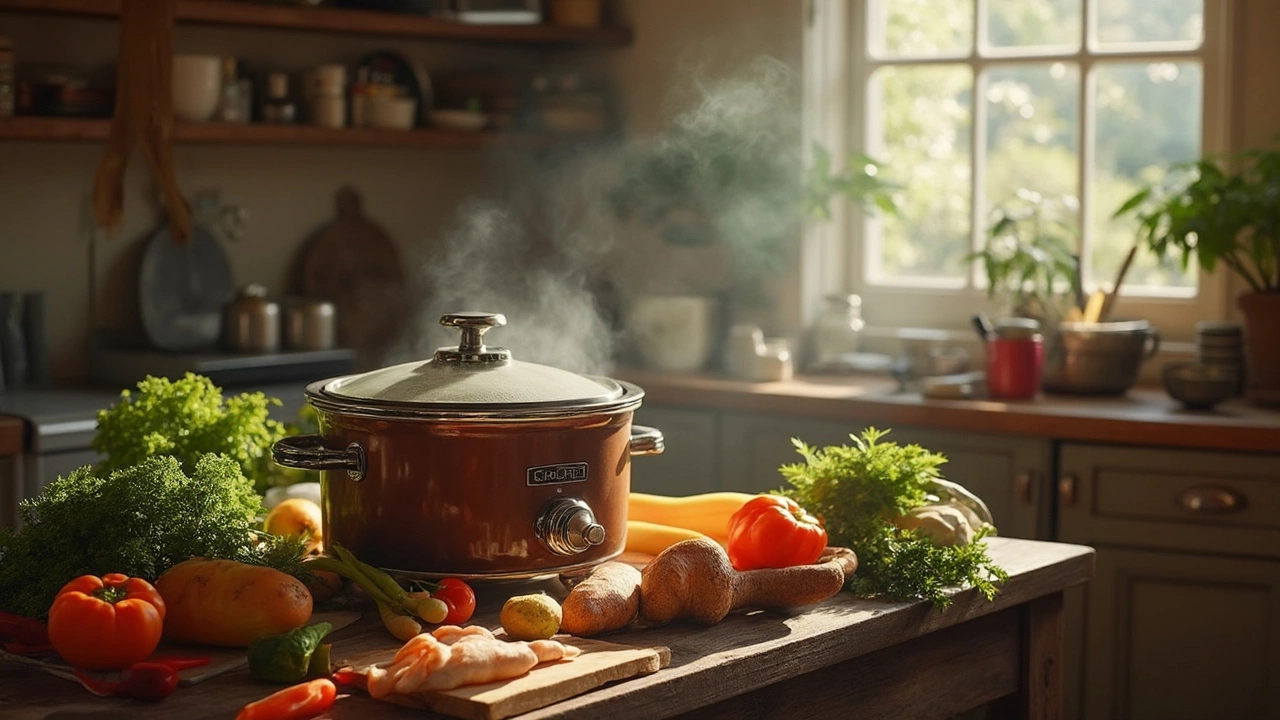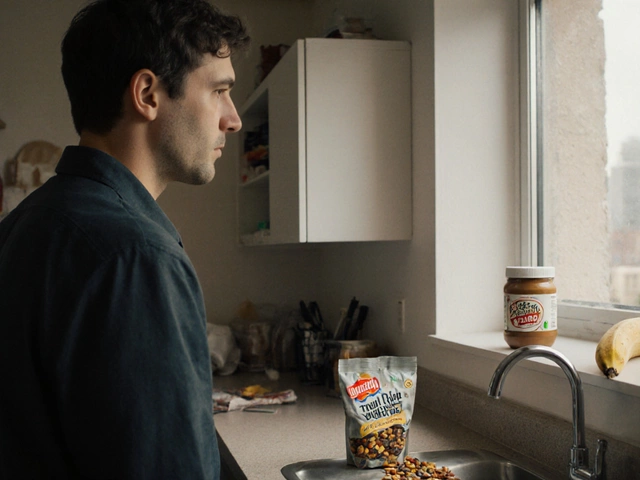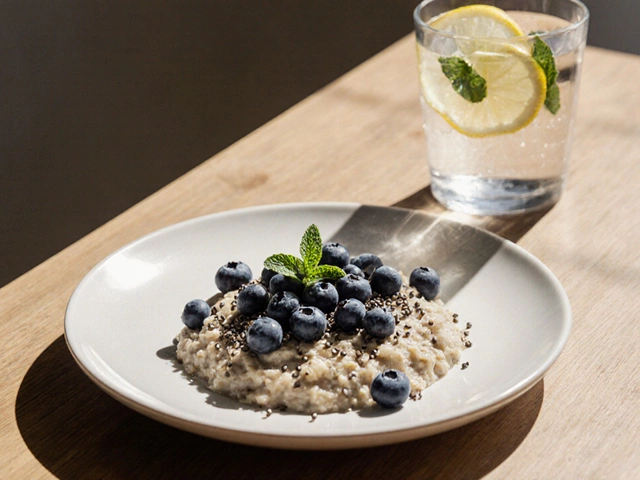Cooking Times: Quick Guide to How Long Anything Should Cook
Ever wonder why a recipe says 20 minutes but your dish still feels undercooked? Knowing the right cooking time makes meals taste better, stay safe, and cuts down waste. Below you’ll find straight‑forward advice on timing everything from rice to a whole roast, plus shortcuts you can use when you’re short on time.
Standard Cooking Times for Common Foods
Here’s a cheat‑sheet for the most popular ingredients. Use it as a baseline and adjust for your equipment.
- Rice (white, stovetop): 15‑18 minutes after water boils and you cover the pot.
- Brown rice: 40‑45 minutes with a tight lid.
- Pasta (al dente): 8‑12 minutes, depending on shape.
- Chicken breast (pan‑seared): 6‑8 minutes per side, until internal temp hits 165°F (74°C).
- Whole chicken (roasted, 350°F): About 20 minutes per pound.
- Ground beef (stir‑fry): 5‑7 minutes, breaking it up as it cooks.
- Beans (canned, heated): 3‑5 minutes on medium heat.
- Vegetables (steamed): 4‑7 minutes for carrots, broccoli, or cauliflower.
- Slow cooker soups: 4‑6 hours on low, 2‑3 hours on high.
- Crockpot meat (beef stew): 8‑10 hours low, 4‑5 hours high.
These times assume you start with room‑temperature ingredients. If you’re using frozen foods, add 5‑10 minutes or follow the package directions.
Tips to Keep Cooking Times Accurate and Safe
Timing isn’t just about taste; it’s a food‑safety issue. Bacteria grow fast in the “danger zone” (40‑140°F or 4‑60°C). If you’re slow‑cooking, make sure the appliance stays above 140°F after the initial heat‑up. Use a meat thermometer to verify temperature, especially for poultry and ground meat.
When you’re on a budget, batch‑cook and freeze. Cook large portions using the times above, then portion out and store. Freezing pauses the cooking process, so you won’t over‑cook when you reheat. Reheat leftovers to at least 165°F to kill any lingering germs.
Timer tricks: set a timer for half the recommended time, then check doneness. If it’s not done, add more time in 2‑minute bursts. This avoids the common mistake of over‑cooking because you left the pot unattended.
Got a busy schedule? Use the “foil under slow cooker lid” hack. Placing foil under the lid traps steam, cooking food faster and keeping it moist. It’s an easy way to shave 15‑20 minutes off a low‑and‑slow recipe.
Finally, remember altitude affects boiling points. If you live above 3,000 feet, increase cooking times by 5‑10% for pasta, rice, and beans.
With these guidelines, you’ll spend less time guessing and more time enjoying tasty, safe meals. Keep this page bookmarked, and next time a recipe says “cook until done,” you’ll know exactly how long that really means.

Is 3 Hours on High the Same as 6 Hours on Low Slow Cooker?
by Landon Weathers / 4 Apr 2025Ever wondered if you can substitute 3 hours on high for 6 hours on low in your slow cooker? This article explores whether these cooking times are truly interchangeable and provides practical tips for making the most out of your slow cooker. Knowing these differences can help you create perfect meals without the guesswork. From understanding heat distribution to recognizing what works for different ingredients, we've got the insights you need. Let’s unravel this slow cooking mystery together.




